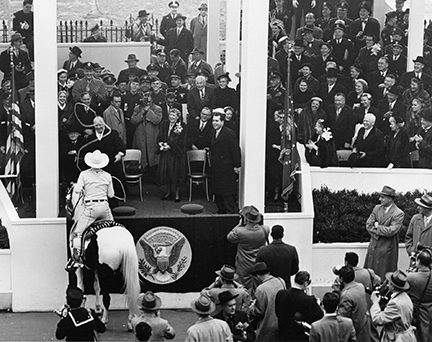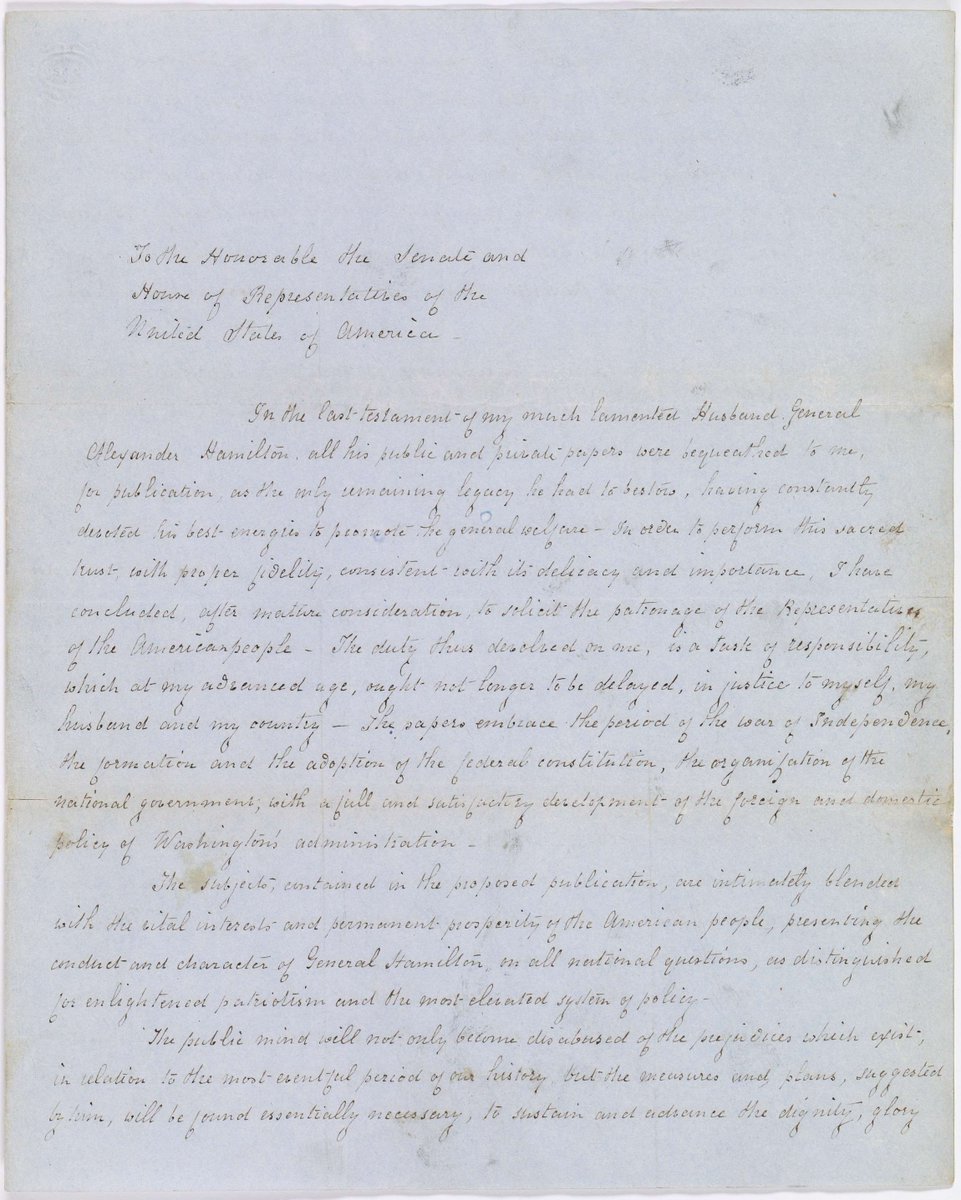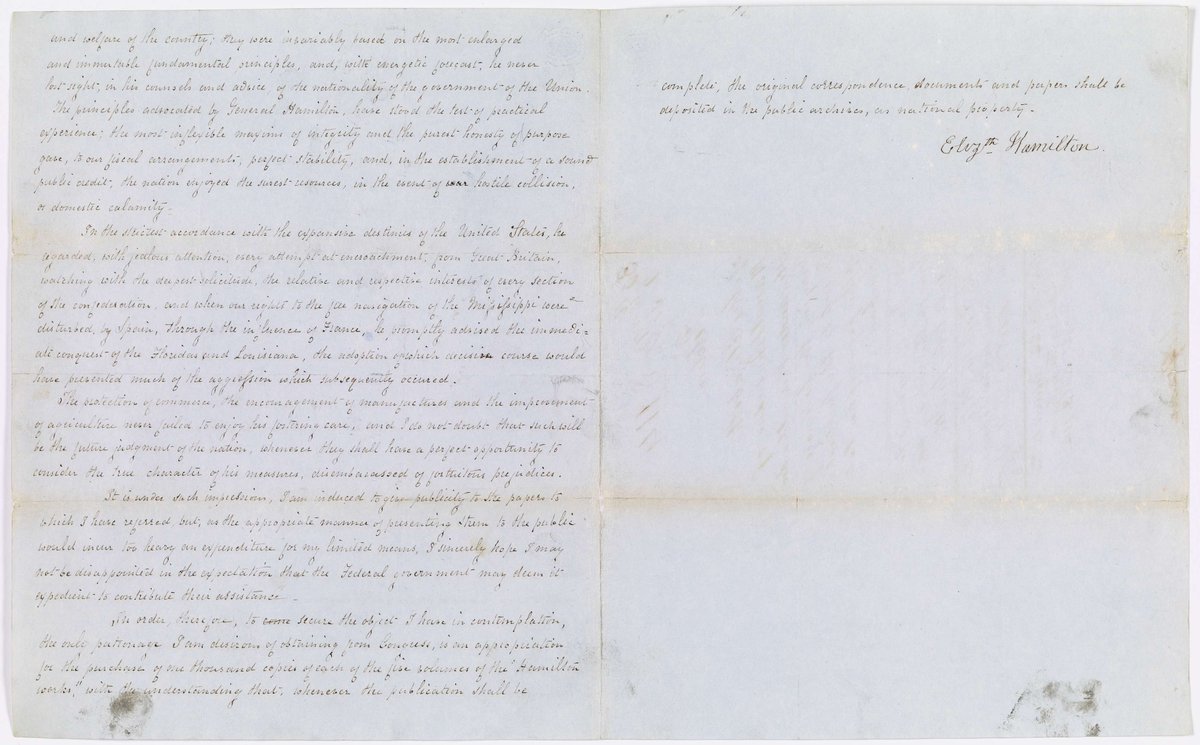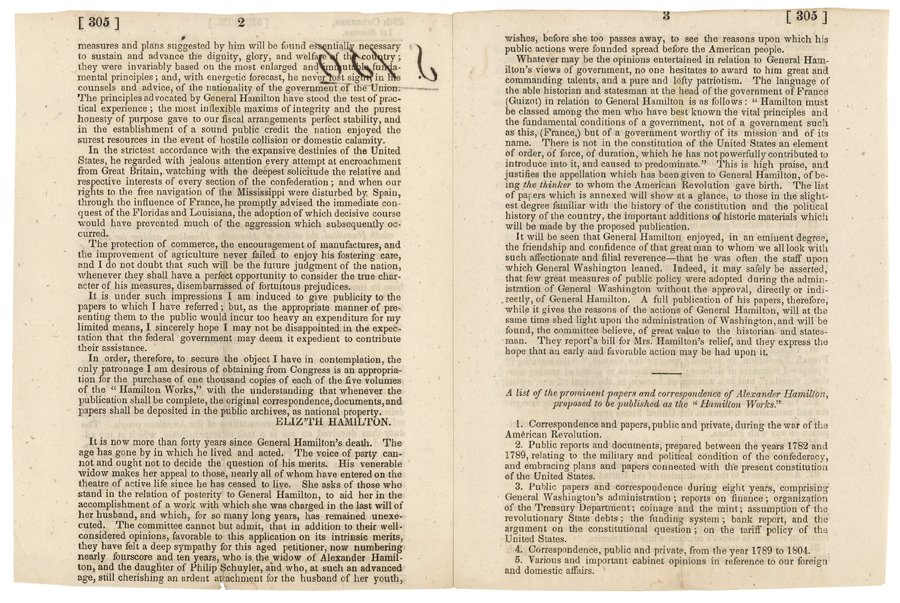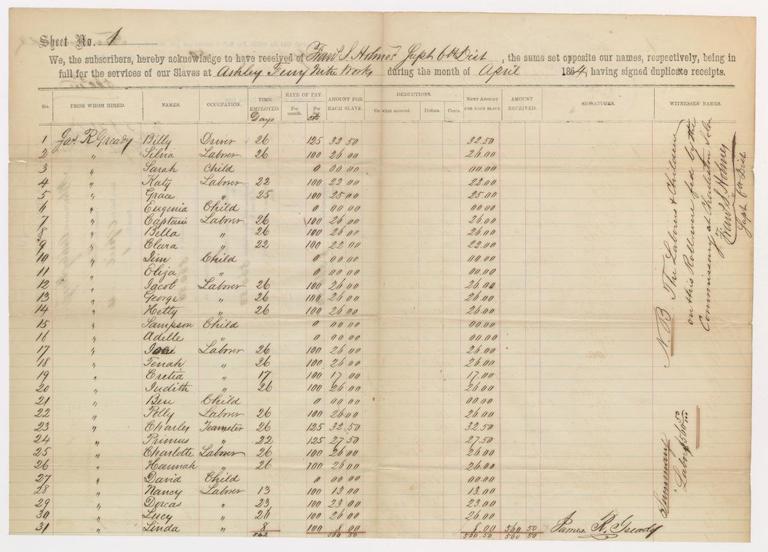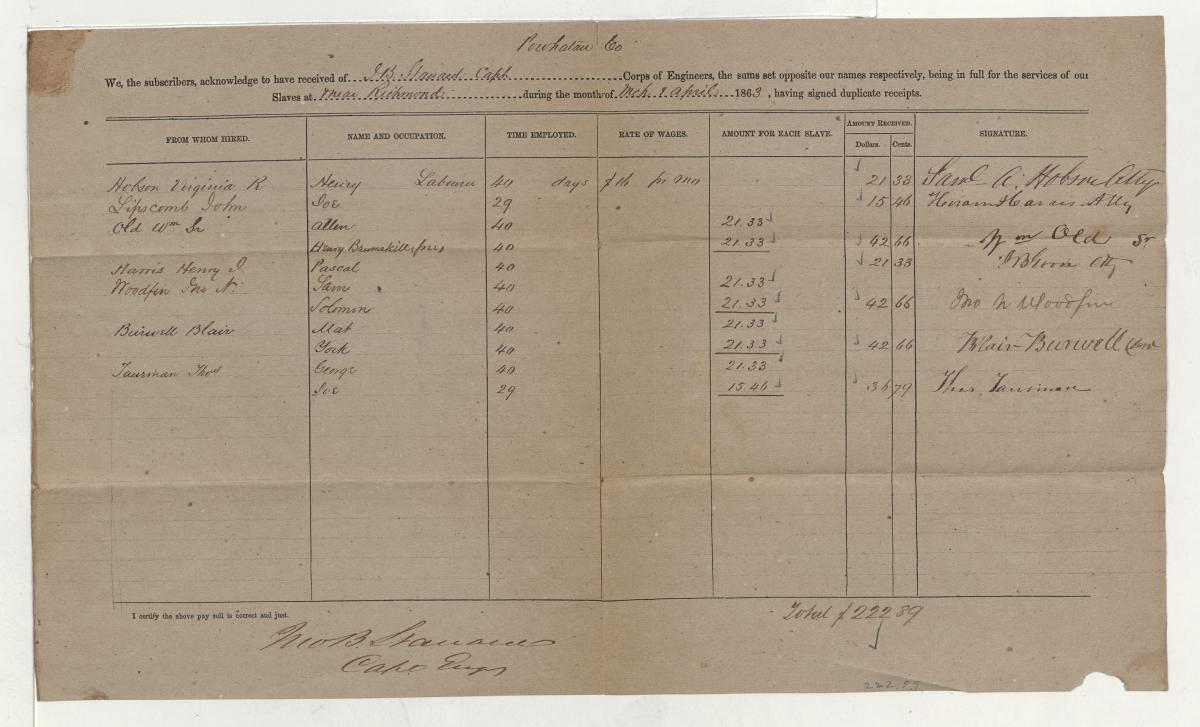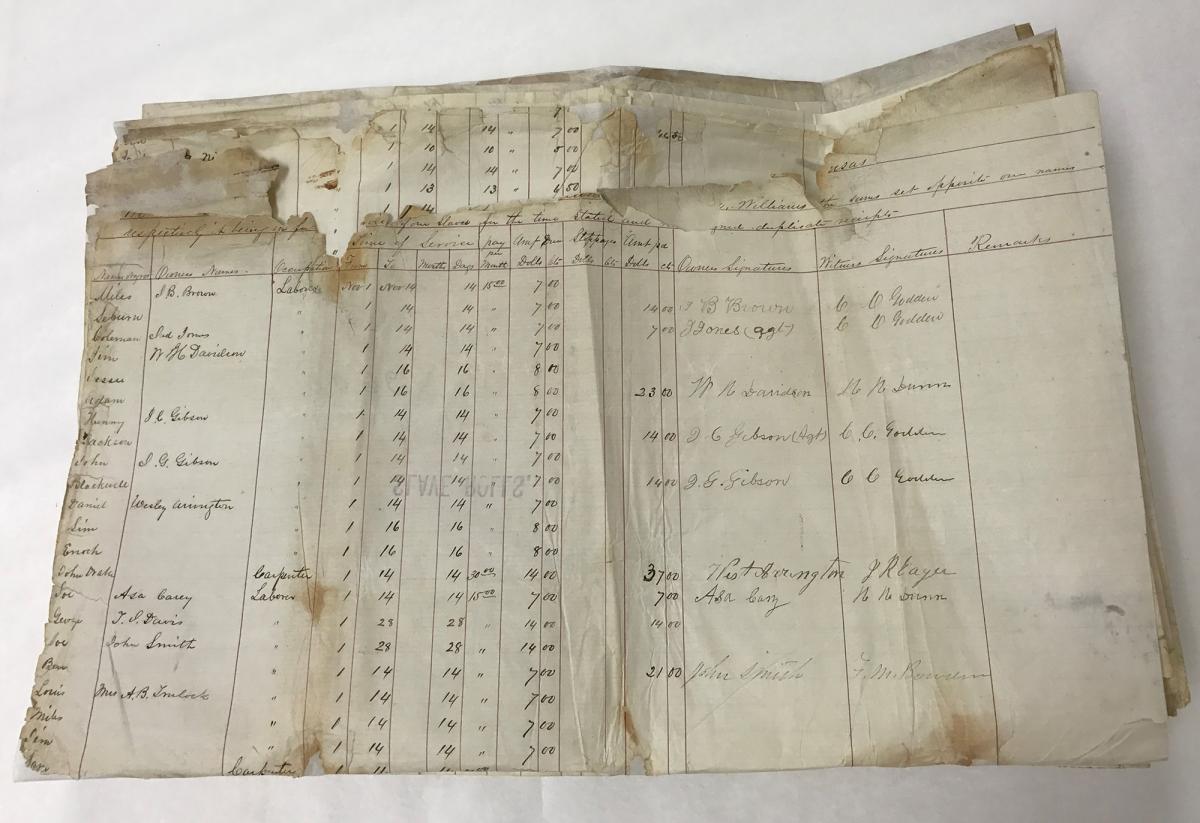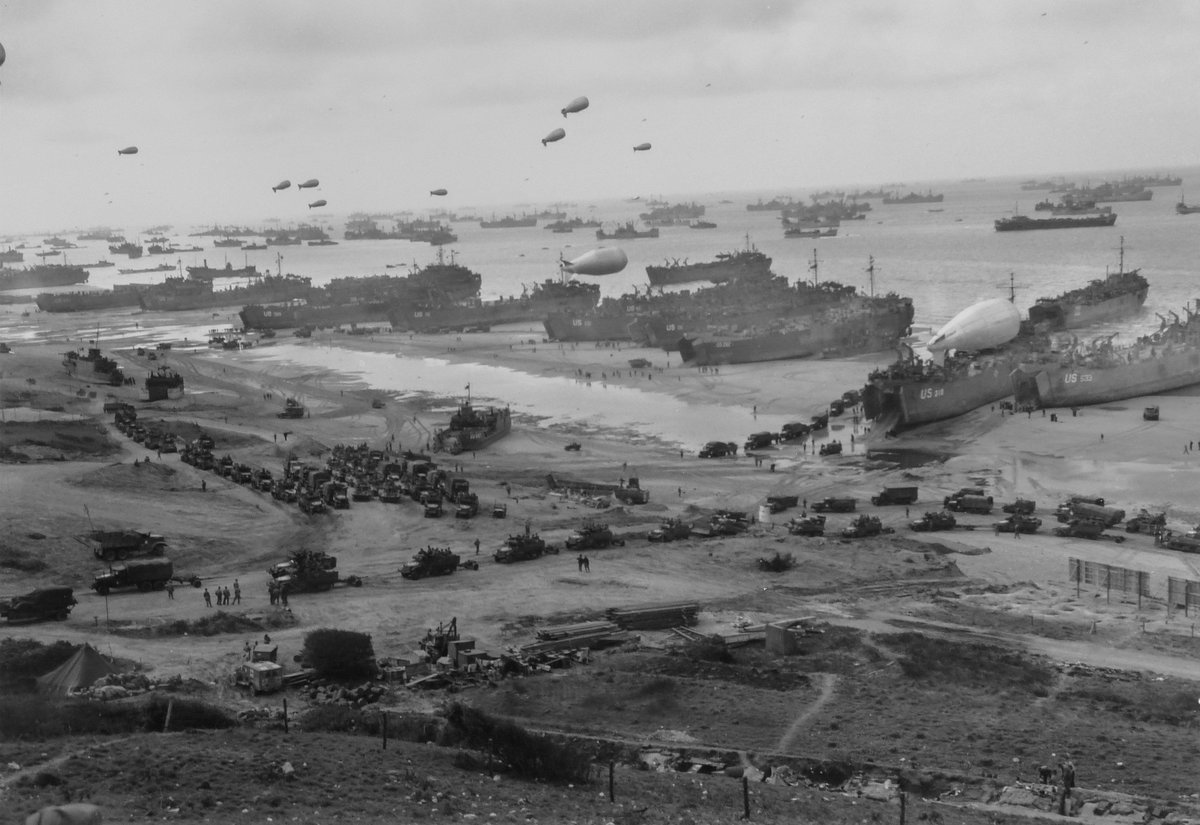
Today we are highlighting #MayDayPrep to encourage everyone who takes care of records to prepare for emergencies. 🧵
You can find out more at culturalheritage.org/resources/emer…
#PreservationMonth
You can find out more at culturalheritage.org/resources/emer…
#PreservationMonth

At @USNatArchives, we practice how to rescue records from emergencies.
The most common type of emergency is from water. A broken pipe, a surprise leak, or bad weather can bring water into your collection spaces.
Do you know what to do with wet records?
#MayDayPrep 2/12
The most common type of emergency is from water. A broken pipe, a surprise leak, or bad weather can bring water into your collection spaces.
Do you know what to do with wet records?
#MayDayPrep 2/12

We practice salvage so that we get used to handling wet and dirty records. In this thread are some photos of a wet salvage workshop we held just a few years ago.
Practice makes perfect!
#WetSalvage #MayDayPrep 3/12
Practice makes perfect!
#WetSalvage #MayDayPrep 3/12

Even the head of our agency practices salvage!
David S. Ferriero (now retired) practiced salvage of wet non-records on the lawn in College Park, MD. He and conservators are sorting records by type.
#MayDayPrep 4/12
David S. Ferriero (now retired) practiced salvage of wet non-records on the lawn in College Park, MD. He and conservators are sorting records by type.
#MayDayPrep 4/12

Why sort by type?
Some records can be wet for a day or so, but some, like coated papers and photographs, need immediate attention. They will stick together if not separated, so they get prioritized for action.
#MayDayPrep 5/12
Some records can be wet for a day or so, but some, like coated papers and photographs, need immediate attention. They will stick together if not separated, so they get prioritized for action.
#MayDayPrep 5/12

All records can grow mold if they remain wet for too long.
If the emergency affects too many records to recover quickly we move wet records into freezers and defrost them later.
#MayDayPrep 6/12
If the emergency affects too many records to recover quickly we move wet records into freezers and defrost them later.
#MayDayPrep 6/12

Wet paper is heavy and fragile, and does not handle the same way as when it is dry. That’s why we practice.
It’s also fun to get together with colleagues and compare handling techniques and recovery!
#MayDayPrep 7/12
It’s also fun to get together with colleagues and compare handling techniques and recovery!
#MayDayPrep 7/12

For our simulated water emergency exercise, we gather media all year long: discarded non-record memos, photographs, film, and books.
Some employees contribute duplicates of family photos or out-of-date textbooks.
#MayDayPrep 8/12
Some employees contribute duplicates of family photos or out-of-date textbooks.
#MayDayPrep 8/12

We soak the workshop materials in large containers.
Before draining the water and beginning to sort, we spend time reviewing emergency response activities; the rest of the afternoon is spent discussing and deploying different recovery techniques.
#MayDayPrep 9/12
Before draining the water and beginning to sort, we spend time reviewing emergency response activities; the rest of the afternoon is spent discussing and deploying different recovery techniques.
#MayDayPrep 9/12

It’s a great team-building exercise and raises awareness about what happens during an actual emergency.
#MayDayPrep 10/12
#MayDayPrep 10/12

Questions? There are many good resources for planning and practicing emergency recovery of wet records.
@USNatArchives conservators have contributed a lot of information to this wiki conservation-wiki.com/wiki/Emergency…
#MayDayPrep 11/12
@USNatArchives conservators have contributed a lot of information to this wiki conservation-wiki.com/wiki/Emergency…
#MayDayPrep 11/12
If you practice, you will be prepared!
Find more resources dedicated to records emergency planning, prevention, response, and recovery on the National Archives website. go.usa.gov/xuQhw
#PreservationMonth #MayDayPrep 12/12
Find more resources dedicated to records emergency planning, prevention, response, and recovery on the National Archives website. go.usa.gov/xuQhw
#PreservationMonth #MayDayPrep 12/12
• • •
Missing some Tweet in this thread? You can try to
force a refresh


